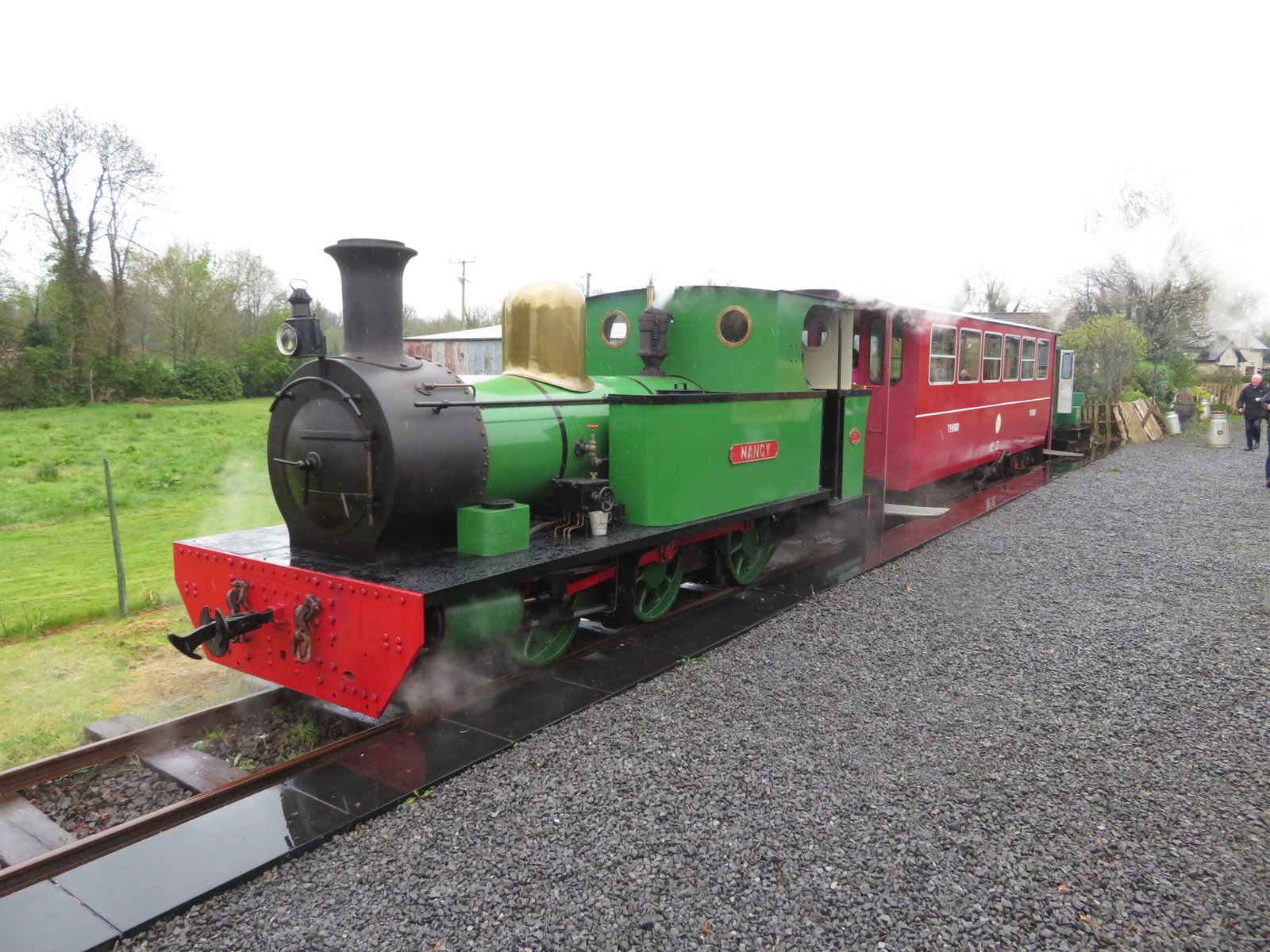
Origins and Vision
The Gartell Light Railway (GLR) was founded by John Gartell in the mid-1980s, beginning as a modest private project on his farm near Templecombe, Somerset. Initially, Gartell acquired a small amount of 2-foot gauge track, a few diesel locomotives, and wagons, with no grand ambitions. However, the proximity of the disused Somerset & Dorset Joint Railway (S&DJR) trackbed inspired Gartell and his friends to expand the railway along this historic route[2].
Opening and Early Development
The railway opened to the public in 1990, quickly gaining popularity among locals and railway enthusiasts. By 1991, it had become a regular visitor attraction, offering rides through the scenic Blackmore Vale countryside. The GLR gradually extended its line to ¾ mile (1.2 km), with half of it running directly on the former S&DJR trackbed. The railway features four stations: Common Lane, Pinesway Junction, Park Lane, and Tower View[1].
Locomotives and Infrastructure
The GLR operates a mix of steam and diesel locomotives, including notable engines like No.6 “Mr. G” (built in 1998) and No.9 “Jean” (built in 2008). Diesel locomotives such as “Amanda,” “Andrew,” and “Alison” also serve the line. The railway is renowned for its comprehensive signalling system, with two signal boxes—Common Lane and Pinesway Junction—controlling semaphore and colour-light signals. Pinesway Junction alone houses 30 levers, showcasing traditional railway practices[1][2].
Heritage and Experience
The GLR is more than a tourist attraction; it is a working museum of railway heritage. Trains operate on selected open days, with departures every 20 minutes. Visitors enjoy unique features such as simultaneous train departures from Pinesway Junction, where one train passes under a bridge while another crosses overhead. The railway also includes a visitor centre, museum, gift shop, and picnic area, enhancing the family-friendly experience[3].
Preservation and Legacy
The Gartell Light Railway continues to thrive thanks to the dedication of the Gartell family and volunteers. It preserves the legacy of the Somerset & Dorset Railway while offering a hands-on experience of traditional railway operations. Despite its small scale, the GLR plays a significant role in local heritage, attracting enthusiasts and families alike. Its commitment to authenticity and community involvement ensures its place as a cherished part of Somerset’s cultural landscape[2].
This historical summary was generated using artificial intelligence and is based on publicly available sources: